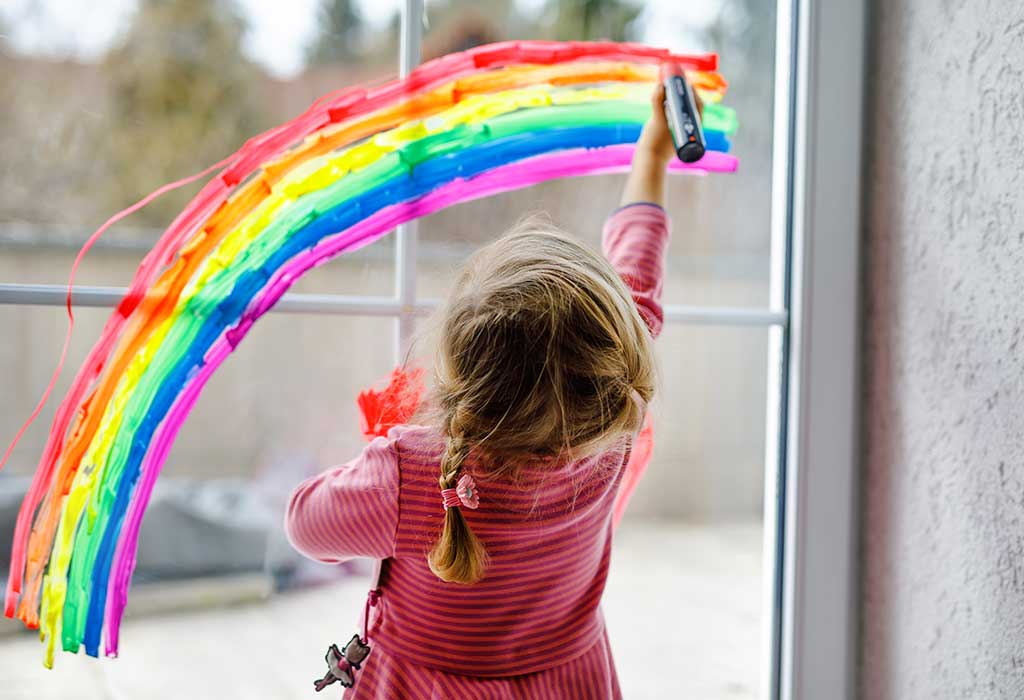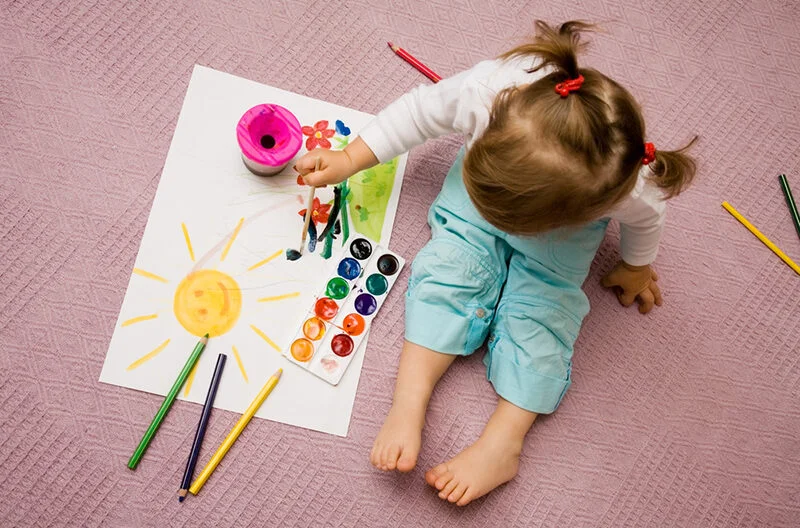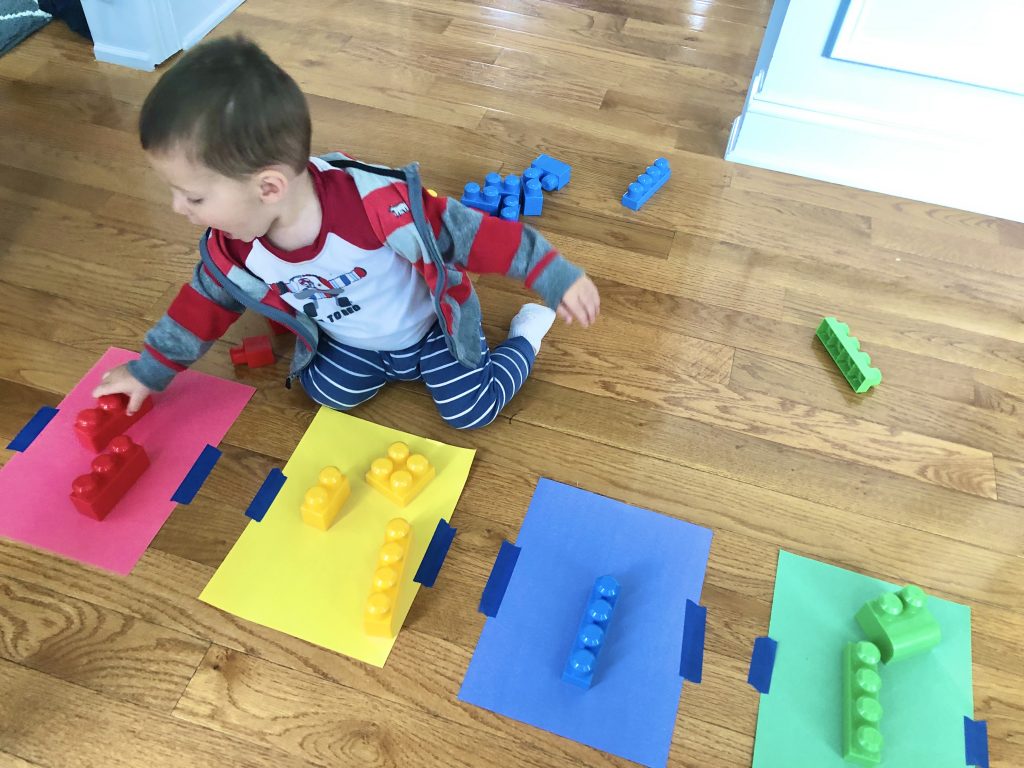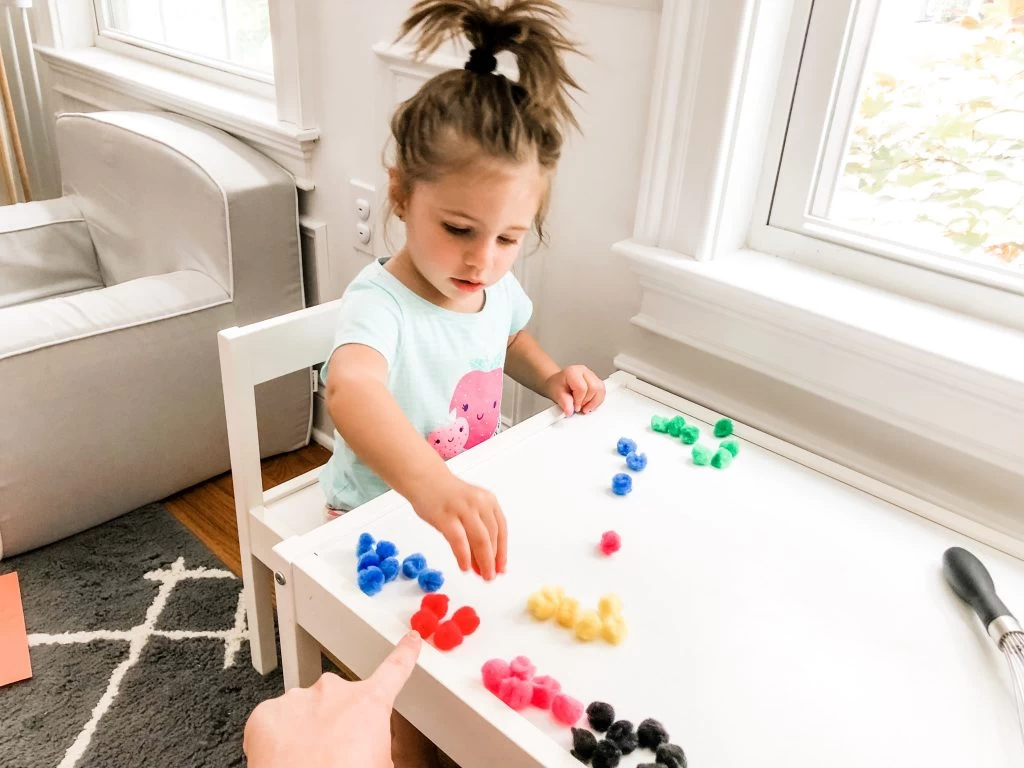I. Introduction

Colors play a significant role in our daily lives and are a fundamental aspect of our visual world. Teaching toddlers about colors at an early age can have numerous benefits for their cognitive and sensory development. In this blog post, we will explore the importance of teaching toddlers colors, the benefits of color recognition and comprehension skills, and how to introduce and reinforce color concepts effectively.
II. Understanding Color Concepts
A. Primary Colors: Red, Blue, and Yellow
The primary colors, namely red, blue, and yellow, are the building blocks of all other colors. Introducing toddlers to these colors can lay a solid foundation for their understanding of color theory. You can start by explaining that when these primary colors are combined, they create new colors.
To introduce primary colors to toddlers, you can engage them in various activities. One activity could involve showing them different objects or images that predominantly have one primary color. For instance, you can show them a picture of a bright red apple or a blue sky. This helps them associate colors with real-life objects.
Another activity could be a color mixing experiment. Provide toddlers with bowls of primary colored paints and let them mix them together to create secondary colors. This hands-on experience allows them to understand how colors blend and create new shades.
B. Secondary Colors: Orange, Green, and Purple

After introducing primary colors, you can move on to secondary colors – orange, green, and purple. Explain to toddlers that these colors are formed by mixing two primary colors. For example, orange is made by combining red and yellow, green by mixing blue and yellow, and purple by merging red and blue.
To help toddlers identify secondary colors, engage them in creative activities. One such activity could involve providing them with painting materials in secondary colors and encouraging them to paint freely. This enables them to explore and recognize these colors on their own. Additionally, you can categorize objects or images into secondary color groups and ask toddlers to identify the color category they belong to.
C. Basic Color Recognition
Once toddlers have a grasp of primary and secondary colors, it is important to teach them how to differentiate between colors. This skill aids in their perception and comprehension abilities. Visual aids play a crucial role in reinforcing color recognition. You can use flashcards or picture books with vibrant colors and ask toddlers to point out a specific color.
Interactive games are also effective in teaching color recognition. For instance, you can play the “color hunt” game, where toddlers have to find objects of a specific color in the room. This activity not only enhances color recognition but also improves their observation and language skills.
III. Engaging Activities and Games
A. Color Sorting and Matching: Sorting and matching activities are effective in teaching color discrimination to toddlers. By organizing objects based on their colors, children learn to recognize and differentiate between different shades. Here are a few hands-on ideas for color sorting and matching activities:
- Color Sorting Game: Collect a variety of objects in different colors and ask your toddler to sort them into respective color groups. You can use items like toys, blocks, or craft materials.
- Color Matching Puzzles: Create simple puzzles using colorful images or cut-outs. Encourage your toddler to match the puzzle pieces based on their colors.
B. Sensory-Based Color Exploration: Incorporating sensory experiences into color learning can enhance a child’s understanding and retention. By involving tactile elements, textures, and art materials, toddlers can explore colors through their senses. Some sensory-based activities for toddlers to explore colors could include:
- Sensory Bins: Create sensory bins using colored rice or sand. Include various objects, like toys or pictures, for your toddler to explore and identify different colors.
- Finger Painting: Provide your toddler with non-toxic finger paints of different colors. Let them freely explore and mix the colors using their fingers on a large sheet of paper.
C. Colorful Story Time: Storytelling is a powerful tool to reinforce learning in toddlers. Choosing books that emphasize color identification will grab their attention and deepen their understanding of different colors. Here are a few tips for making storytime interactive and engaging:
- Interactive Reading: While reading color-focused books, ask questions related to colors and have your toddler point to objects of certain colors in the illustrations.
- Colorful Puppet Show: Act out colorful stories using puppets. Encourage your toddler to identify and name the colors of different characters.
IV. Practical Colorful Experiences

A. Everyday Color Encounters:
Integrating color learning into daily routines helps toddlers apply their knowledge to real-life situations. Pointing out colors during mealtime, outdoor play, or bath time provides practical context to reinforce color recognition. Here are some examples of how to incorporate color identification into everyday activities:
- Colorful Mealtime: While preparing meals, ask your toddler to identify the different colored fruits and vegetables. Engage in a conversation about the colors they recognize.
- Colorful Nature Walks: During outdoor play or walks, encourage your toddler to spot and name objects of various colors in their environment, such as flowers, leaves, or vehicles.
B. Art and Craft Projects:
Art and crafts activities provide an excellent opportunity for toddlers to explore colors through hands-on creations. Engaging in different art projects allows children to experiment with different art materials and encourages them to think creatively. Here are a few art and craft projects to promote color exploration:
- Rainbow Collage: Help your toddler cut out colored paper strips and glue them in the shape of a rainbow. Talk about the different colors as they work on the project.
- Colorful Handprints: Provide washable finger paints in a variety of colors. Let your toddler create handprints using different colors and discuss the colors they’re using.
C. Outdoor Color Hunts:

Outdoor scavenger hunts not only boost physical activity but also reinforce color recognition skills. Designing hunts that revolve around searching for specific colors will encourage toddlers to actively engage in color identification. Here’s how to organize an exciting outdoor color hunt:
- Color Wheel Hunt: Create a color wheel with different shades, and ask your toddler to find objects in their environment that match each color on the wheel.
- Neighborhood Scavenger Hunt: Give your toddler a checklist of colors to find in nature or in their neighborhood. Encourage them to observe their surroundings and search for objects of specific colors.
Conclusion:
Engaging toddlers in activities and games that focus on color identification can greatly enhance their learning experience. By incorporating hands-on activities, sensory experiences, practical encounters, and outdoor hunts, parents and educators can facilitate a fun and effective way for toddlers to learn and understand colors. These activities will not only develop their cognitive skills but also foster creativity and critical thinking. Start exploring colors with your toddler today and watch as their color recognition blossoms.

